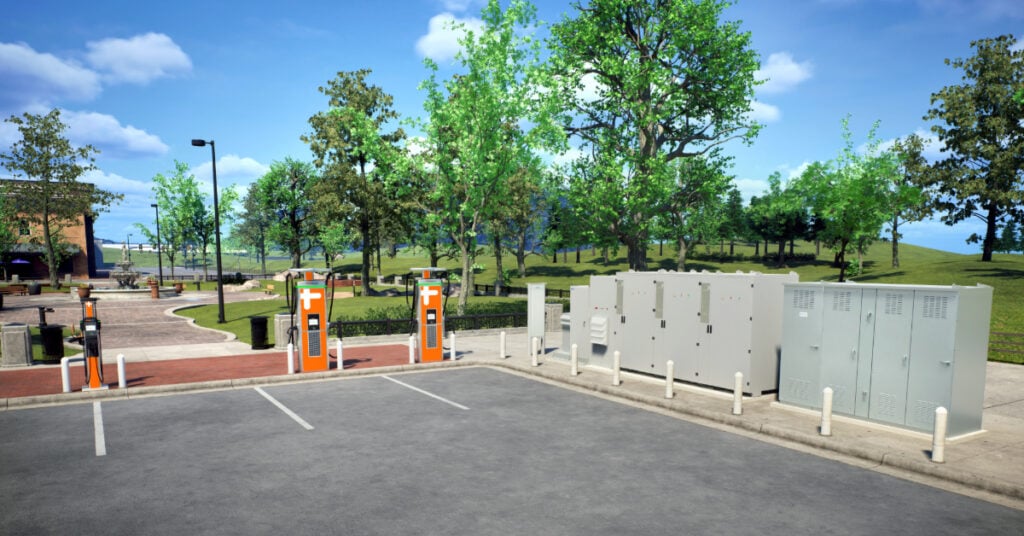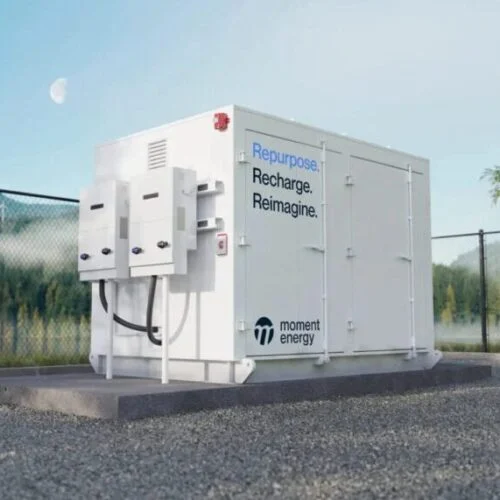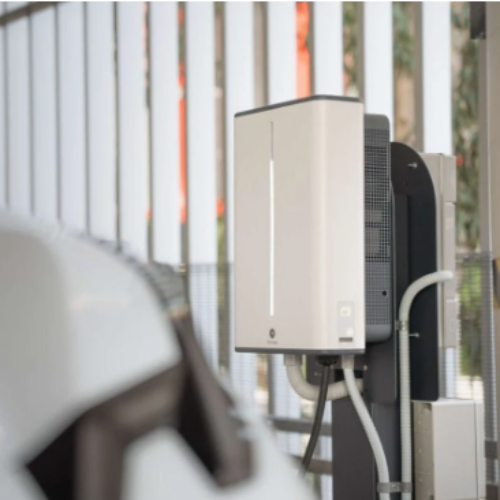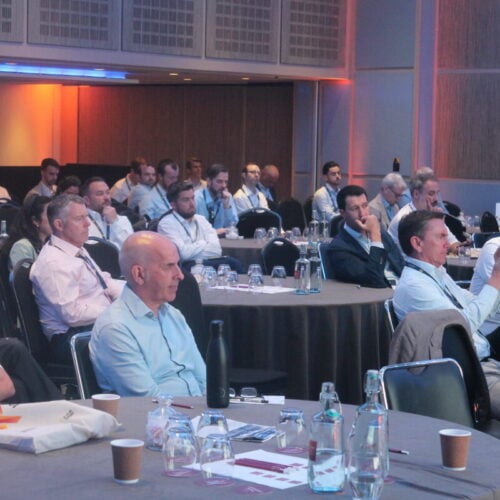Intelligent power management company Eaton and ChargePoint have announced they will co-develop technologies to advance bi-directional power flow and V2X capabilities.
Eaton and the charging solution provider said the partnership will see the companies integrate EV charging and infrastructure solutions to advance vehicle-to-everything (V2X) capabilities so that EVs can act as a power source for homes and buildings.
The collaboration will simplify the deployment of charging infrastructure in the US, Canada and Europe, providing a “one-stop shop” for the whole EV charging ecosystem.
ChargePoint and Eaton said they will streamline the purchase, design and deployment of EV charging projects, offering joint projects to help customers manage site power requirements, optimise infrastructure and enhance reliability.
According to Paul Ryan, Eaton’s general manager of energy transition, customers rely on the firm “to solve their toughest power management challenges.”
He said the partnership with ChargePoint will achieve this for vehicle charging, “bringing together trusted power distribution and EV charging solutions to simplify electrification at scale”.
ChargePoint will work with Eaton and numerous automotive OEMs to enable the integration of chargers, infrastructure and EVs, managed on the ChargePoint cloud software platform.
Back in 2022, Eaton published research it commissioned that revealed pairing bidirectional EV chargers with renewable generation assets could offer homeowners average savings of £1,000 annually.
Bidirectional chargers present multiple benefits to homeowners, including providing energy flexibility as they can both receive energy from the grid and feed it back to it. Off-peak energy is stored in an EV battery, which can discharge to be used during expensive periods or sold back to the grid at peak demand.
ChargePoint launched a new product architecture in April, offering bidirectional AC charging and high speed charging, which chief technical officer of hardware at the company, Hossein Kazemi, described as “revolutionary, not evolutionary”.
The chargers provide 19.2kW, which the firm said is maximum possible for AC current (80 amp) and will fully-charge a typical EV battery from empty in about four hours.
The first models to be built on the platform will arrive in Europe this summer, and in North America at the end of 2025.
In the UK, the ‘market first’ AC V2G capable chargers were installed by the Denbighshire County Council earlier this month, as part of a government-funded project exploring the viability of V2X technologies. The trial intends to demonstrate a commercially viable way for fleet owners, businesses and EV drivers to use V2G to reduce costs while reducing load on the electricity grid.






